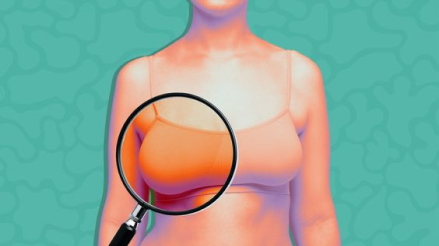You may also like…
What is Breast Cancer?
In the world of women's health, there is no issue more pervasive than breast cancer. It affects women from all walks of life, and awareness and early detection are our most potent weapons against it. Breast carcinoma is the most common cancer in women, accounting for 10% of all breast issues presented at clinics. While the majority of cases occur in elderly women, it is essential to emphasize that timely investigations and treatment are critical.
Certain high-risk factors have been identified , and regular screening is advised for those with:
1. Familial History: A family history of breast cancer in first or second-degree relatives suggests a genetic component. Mutations in genes like BRCA1 and BRCA2 are found in 3-8% of cases, indicating a higher risk for other family members.
2. Ovarian Cancer: Women with ovarian cancer are at an increased risk of breast cancer, and vice versa. These malignancies share common causes and oncogenes.
3. Age: After the age of 60, 50% of breast lumps are malignant. In childbearing age, 15% of lumps are malignant.
4. Parity: Nulliparity, late first pregnancy (after age 30), and non-lactation are high-risk factors.
5. Obesity: Obese women have an increased propensity for breast cancer.
6. Hormones: Exposure to estrogen through early menarche, late menopause, and prolonged menstrual cycles increases the risk of breast cancer. Progestogens have also been implicated as carcinogenic.
7. Oral Contraceptives: Young women on oral contraceptive pills face a higher risk, but this risk decreases after stopping the medication.
8. Smoking and Alcohol: Both smoking and alcohol may contribute to breast cancer risk.
9. Hormone Replacement Therapy (HRT): HRT should be administered with caution in post-menopausal women, and regular screening for breast lumps is essential. HRT should not be used for more than 10 years.
10. Tamoxifen: Monitoring is vital for women on tamoxifen, as it is used for breast and uterine cancer treatment.







